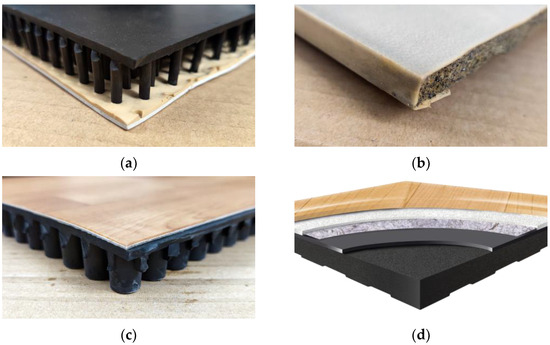Accident Analysis and Prevention: Experimental & Numerical Approaches
A topical collection in Applied Sciences (ISSN 2076-3417). This collection belongs to the section "Mechanical Engineering".
Viewed by 8357Editors
Interests: green composites; cork; numerical simulation; biomechanics; metal forming
Special Issues, Collections and Topics in MDPI journals
2. LASI—Intelligent Systems Associate Laboratory, 4169-007 Porto, Portugal
Interests: cork composites; manufacturing; sustainability
Special Issues, Collections and Topics in MDPI journals
Topical Collection Information
Dear Colleagues,
In any given accident, upon an impact, injuries may affect a single or several parts of the human body, starting from the head and the brain, which is a complex and vital organ, but also affecting legs, arms, ribs, etc. Different types of loads, its magnitude, and locations may result in different injury outcomes.
Regarding accidents, a daily occurrence in many different activities and scenarios, from sports to traffic, from home to work environments, and from accidents to criminal offences, the usual outcome is some kind of injury in the body, which could range from minor, soft ones to severe, lethal ones.
Numerical and experimental methods, such as finite element, multibody, meshless, etc., have been continuously improved in order to provide better analysis of accident scenarios, evaluating their causes, their progressions, and their outcomes and provide effective frameworks for their prevention.
In this Issue, we aim to collect a set of contributions in the referred fields which may include but are not limited to the studies of human and environmental aspects prior to accidents; type and severity of accidents; design and implementation of passive and active protective devices; biomechanics of impact and resulting injuries; and statistics and decision-making tools.
Papers reporting new and unpublished advances on any aspect of these topics are welcomed.
Prof. Dr. Ricardo J. Alves de Sousa
Dr. Fábio Fernandes
Collection Editors
Manuscript Submission Information
Manuscripts should be submitted online at www.mdpi.com by registering and logging in to this website. Once you are registered, click here to go to the submission form. Manuscripts can be submitted until the deadline. All submissions that pass pre-check are peer-reviewed. Accepted papers will be published continuously in the journal (as soon as accepted) and will be listed together on the collection website. Research articles, review articles as well as short communications are invited. For planned papers, a title and short abstract (about 100 words) can be sent to the Editorial Office for announcement on this website.
Submitted manuscripts should not have been published previously, nor be under consideration for publication elsewhere (except conference proceedings papers). All manuscripts are thoroughly refereed through a single-blind peer-review process. A guide for authors and other relevant information for submission of manuscripts is available on the Instructions for Authors page. Applied Sciences is an international peer-reviewed open access semimonthly journal published by MDPI.
Please visit the Instructions for Authors page before submitting a manuscript. The Article Processing Charge (APC) for publication in this open access journal is 2400 CHF (Swiss Francs). Submitted papers should be well formatted and use good English. Authors may use MDPI's English editing service prior to publication or during author revisions.
Keywords
- numerical simulation
- biomechanics
- composite materials
- protective devices
- road traffic accidents
- sports injuries
- crashworthiness
- accident analysis
- accident prevention
- urban traffic accidents
- micromobility
- energy absorption










